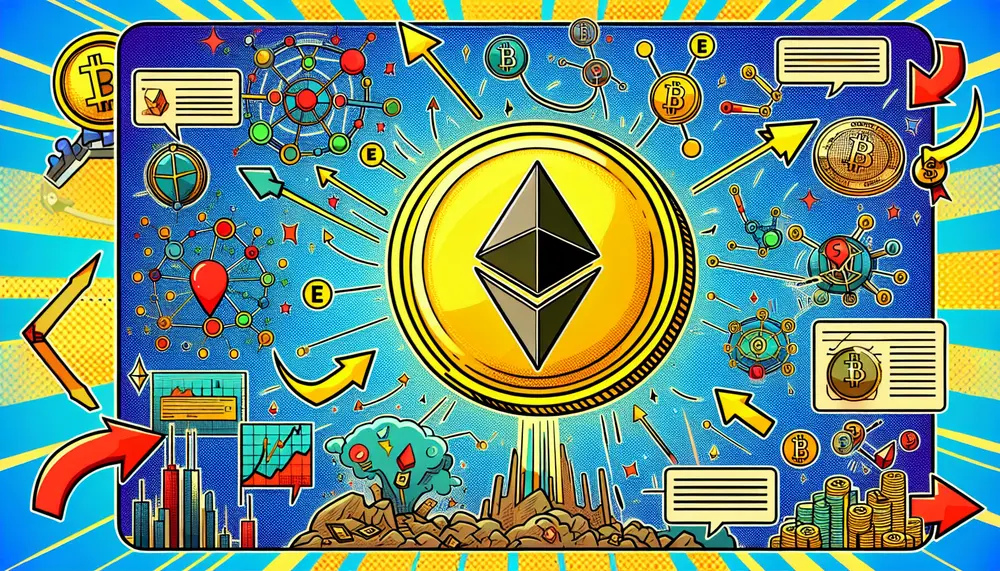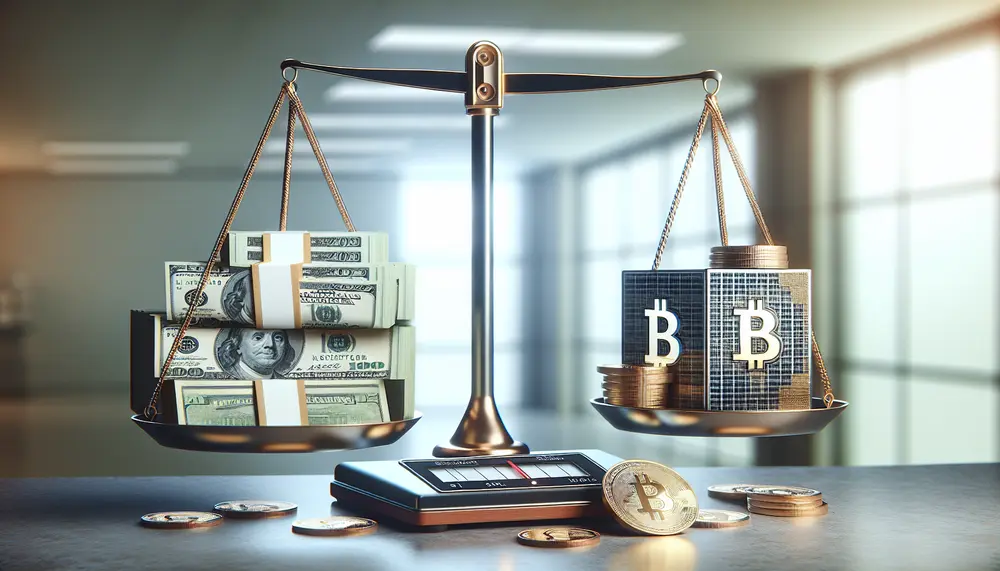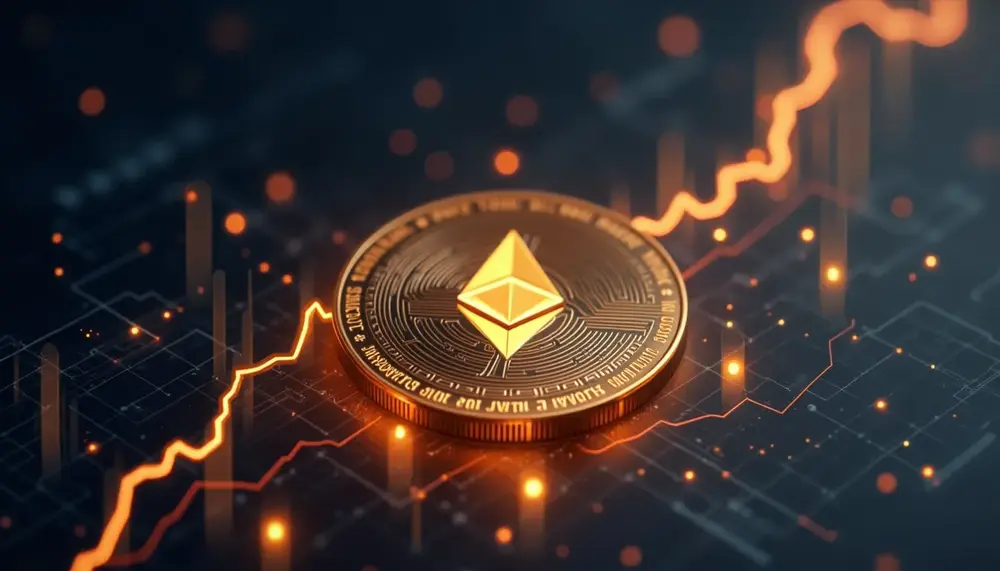Understanding Asset Tokenization
Asset Tokenization is a process by which rights to a real-world asset are converted into a digital token on a blockchain. These tokens represent ownership or a stake in the underlying asset, which could be anything from real estate and art, to stocks and bonds.
How Does Asset Tokenization Work?
At its core, asset tokenization involves three main steps. First, the actual asset is identified and its ownership is confirmed. Next, this asset is divided into shares or units, which are then converted into digital tokens. Each token holds a piece of the value of the original asset. These tokens are stored on a blockchain, ensuring security, transparency, and immutability.
Role in Crypto Exchanges and Platforms
On crypto exchanges and all-in-one platforms, these tokens can be traded just like cryptocurrencies such as Bitcoin or Ethereum. This allows investors to buy and sell fractions of assets without needing to manage the physical asset. Asset tokenization opens up investment opportunities to a broader audience, as it often requires less capital to invest in high-value assets.
Benefits of Asset Tokenization
Tokenization offers multiple benefits. It enhances liquidity, as tokens can be easily bought and sold. It also increases transparency and security through the use of blockchain technology. Moreover, it democratizes access to investments, allowing more people to participate in otherwise high-barrier markets.
Challenges and Considerations
While promising, asset tokenization faces challenges. Legal and regulatory issues are at the forefront, as global standards for tokenized assets are yet to be fully established. Additionally, there's a need for robust technology platforms that can handle the intricacies of asset tokenization reliably and securely.















